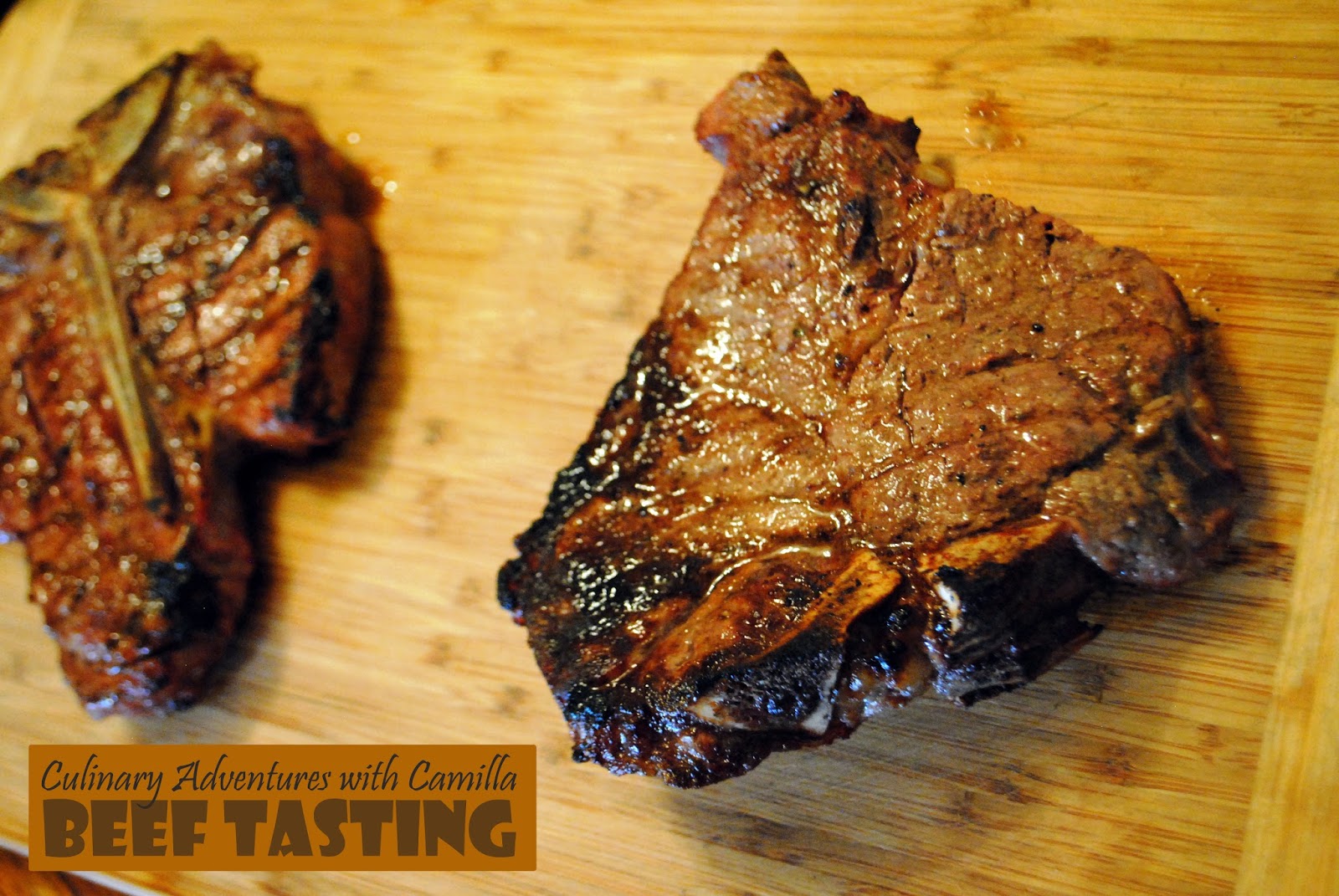If you've read Michael Pollan's The Omnivore Dilemma, you likely have an opinion about corn-fed versus grass-fed beef. I certainly do. I read the book years ago and no other has affected my food purchases more; it was even assigned reading in my 5th grader's class this year. It's no surprise that food choices, environmental impact, and nutritional concerns are hot topics of conversation around my dinner table.
In any case, Pollan's book caused me to re-think my beef purchases and I have, as much as possible, switched completely over to organic and 100% grass-fed. There are distinctions between grass-finished and grass-fed, but that is for another blogpost.
A good friend of mine raises cattle in Ohio. Corn-fed. He and I have talked about what is most important, for me, as an informed consumer, in purchasing beef. Will I buy organic before grass-fed? He was weighing the benefits of switching to organic corn; apparently, there is virtually no market for grass-fed beef in his part of the United States. I was honest: As a rule, I don't buy corn-fed beef. Ever.
He asked if I would do a tasting, if he sent me some. I am relatively open-minded (don't laugh, Richard!) and agreed. So, I roped in two other families and did a blind tasting with Mumford Farm corn-fed beef and Panorama organic, 100% grass-fed beef.
What we ate...
I used the ground beef to make Swedish meatballs. [recipe to come]
And we had grilled porterhouse with whiskey mushrooms. [recipe to come]
What we thought...
I found the results surprising. I really don't know what Richard was anticipating our response to be. We'll see.Across the board, the comments about texture were definitive: the grassfed, both meatballs and porterhouse, was more dry. "Dryer [sic], smaller," wrote one little taste-tester. "Juicyer [sic], bigger, tender," he commented on the corn-fed. " Other comments mirrored those sentiments - more moist, moister, oily, amazing texture.
But the comments about the flavor ran the gamut. The adults were all over the place. One adult wrote that the grass-fed meatballs were "milder in flavor" while another commented "slightly gamier" about the grass-fed. "Moister, more flavorful," came up on the porterhouse tasting notes about the corn-fed. "Sweeter" was also a descriptor. Strangely, all five of the kids, probably because that's what we buy, gravitated toward the grass-fed in taste. They are accustomed to it.
What does it all mean...
Corn-fed beef is more moist. No doubt about that. But, regarding flavor, it's a matter of preference. Corn-fed is more mild. Grass-fed is, well, grassier; it's gamier and stronger in taste.
I, myself, love the grassiness and can work on texture based on preparation. But I will readily admit that the corn-fed beef was more delicate, in texture, and more sweet, in taste.
So, will this exercise change how I buy beef? No, not at all. There are still the impacts on the environment and the cows themselves to consider. But I really appreciated the opportunity to do a blind, side-by-side tasting. Thanks, Mumford Farm!






Glad to see you were open to trying corn-fed. I would've sent some different cuts out as well if I would've known! :)
ReplyDeleteI, too, loved Michael's book. It was his book, along with others, that made me decide to grow my own chicken, turkey and pork. I buy my beef from a friend who raises them on grass with some supplemental corn. She describes it as if we humans eat mostly fruits and vegetables as we should but sometimes splurge on dessert. That is how she figures it is with her cows. 80% grass fed and 20% corn or dessert. Her beef is delicious and that explanation sounded reasonable to me.
ReplyDeleteVery interesting results to read! Thank you for sharing - love the shared tasting notes. :)
ReplyDelete